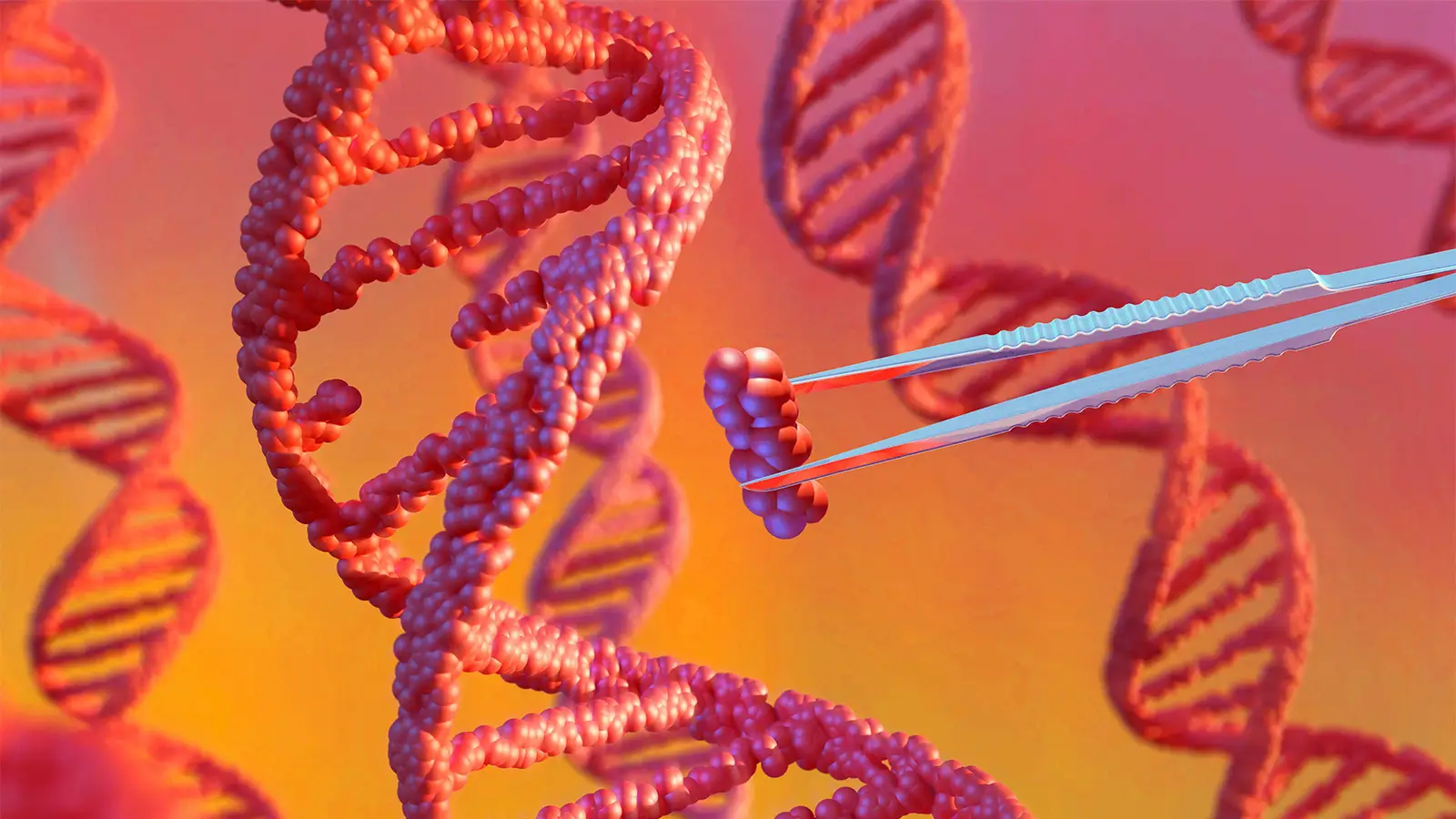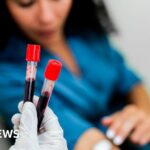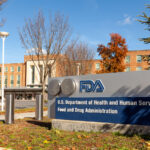
Gene Therapy Shows Lasting Benefit for Children With Rare Disorder
- An investigational gene therapy showed sustained clinical efficacy for children born with ADA-SCID.
- In a study of 62 children, overall survival after treatment was 100% and event-free survival was 95%.
- The treatment also showed favorable safety results.
For children born with severe combined immunodeficiency due to adenosine deaminase deficiency (ADA-SCID), an investigational gene therapy showed sustained clinical efficacy and safety at a median follow-up of 7.5 years.
Among 62 kids in the U.S. and the U.K., overall survival after receipt of the autologous CD34+ hematopoietic stem-cell lentiviral gene therapy was 100%, and event-free survival was 95%, reported Claire Booth, MBBS, PhD, of the University College London Great Ormond Street Institute of Child Health and Great Ormond Street Hospital for Sick Children, and colleagues.
Of 59 kids who had successful gene-marked engraftment at 6 months, all continued to not receive enzyme-replacement therapy and had stable gene marking, ADA enzyme activity, metabolic detoxification, and immune reconstitution. Of those, 58 kids discontinued immunoglobulin G (IgG) replacement therapy and showed evidence of a robust response to vaccinations.
Adverse events were mild to moderate and found to be unrelated to the gene therapy or treatment protocol, the researchers wrote in the New England Journal of Medicine. Findings for serious adverse events consisted primarily of infections that resolved, were self-limiting, and were consistent with routine childhood pathogens. There were no vector-related safety concerns, leukoproliferative or myelodysplastic complications, clinically relevant monoclonal expansions, or replication-competent lentivirus.
“These results are what we hoped for when we first began developing this approach,” co-author Donald Kohn, MD, of the David Geffen School of Medicine at the University of California Los Angeles, said in a statement. “The durability of immune function, the consistency over time, and the continued safety profile are all incredibly encouraging.”
ADA-SCID is a rare genetic disease that “results in the accumulation of toxic adenine metabolites that severely impair lymphocyte development,” Booth and colleagues explained. “Patients with this disease have profound lymphopenia, which leaves them susceptible to life-threatening infections.” Nonimmunologic features of the disease can include deafness, developmental delay, behavioral challenges, and urogenital abnormalities; life expectancy is 2 years or less without treatment.
The primary therapies for ADA-SCID are ADA enzyme-replacement therapy and allogeneic hematopoietic stem-cell transplantation (HSCT). “Enzyme-replacement therapy with pegylated ADA enables systemic metabolic detoxification, which results in partial immune reconstitution. However, incomplete immune reconstitution is associated with a progressive, long-term risk of death,” they said.
“Therefore, current guidelines recommend enzyme-replacement therapy as a stabilizing measure before definitive treatment with allogeneic HSCT or autologous gene therapy can be given,” the authors continued. And though outcomes of allogeneic HSCT for ADA-SCID have improved, “alloreactivity still leads to HSCT-related complications, and graft-versus-host disease remains a substantial source of complications and, rarely, death.”
Indeed, there is broader interest in gene therapy for different types of SCID. And the latest findings from Booth and colleagues build on those they previously reported.
“In previous studies, we reported that lentiviral gene therapy was safe and effective in 50 patients with ADA-SCID, with 100% overall survival and more than 95% event-free survival up to 36 months after infusion,” they wrote, adding that, “We can now confirm the sustained clinical benefit and excellent safety profile in a cohort expanded to 62 patients with a median follow-up of 7.5 years and a follow-up duration of more than 10 years in five patients.”
Early treatment failure — characterized by absent or declining gene marking 6 months after treatment — was observed in three participants. But the three children remained well, the researchers noted. Two participants in the U.S. received rescue allogeneic HSCT, and the participant in the U.K. is receiving enzyme-replacement therapy and immunoglobulin-replacement therapy while awaiting HSCT.
The study included 33 children treated in the U.S. and 29 in the U.K. Most (70%) children in the U.S. cohort were identified through newborn screening programs. For the U.K. cohort, because newborn screening was not in place during recruitment, four kids were identified through family history, and the remaining children presented with features consistent with SCID. The median age at treatment was 10 months in the U.S. cohort and 14 months in the U.K. cohort.
All or the vast majority of kids had previously received standard treatment including enzyme-replacement therapy, prophylactic antimicrobials (100% for both), and immunoglobulin-replacement therapy (>90%).
Despite their efficacy and safety findings, Booth and colleagues noted that the gene therapy studied has “shown limited commercial viability through traditional commercialization routes,” due to a small market and high cost of manufacturing for individual patients.
“The cost of the drug product is high, but overall treatment costs may offer long-term savings through reduced length of hospital stay, the absence of alloreactive complications or complications related to requisite post-HSCT immune suppression, and fewer late effects of chemotherapy owing to the reduced dosage used in gene therapy,” they said.





